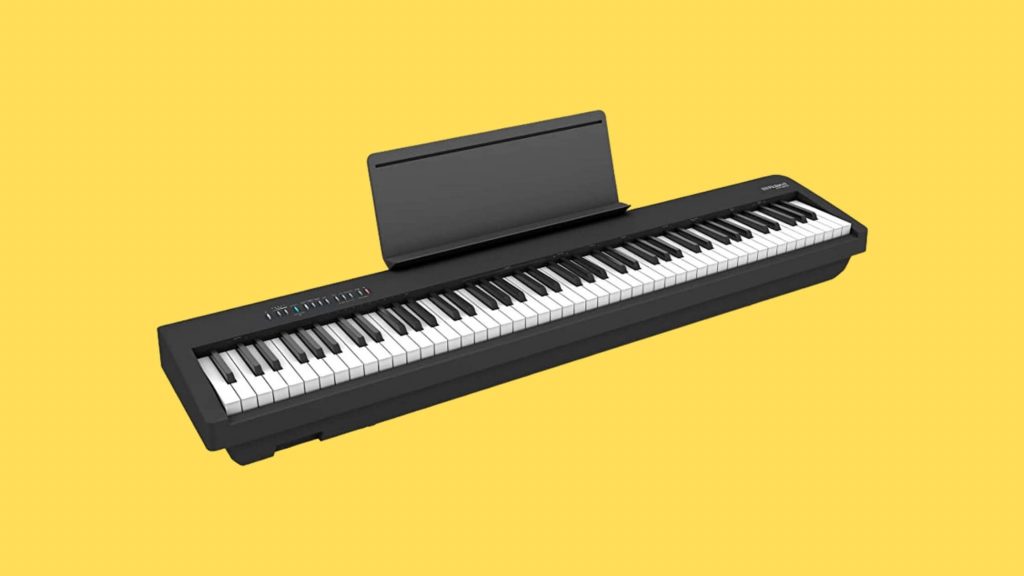Define Synthesis: How Does Sample Based Synthesis Work?
Sample Based Synthesis Explained
Let’s go on another little trip with Sample Based Synthesis…
If you’re not familiar with other methods of sound design, make sure you check out our entire Define Synthesis series here!
Define Synthesis Series
How Do Synthesizers Work?
How Does Subtractive Synthesis Work?
How Does Additive Synthesis Work?
How Does FM Synthesis Work?
How Does Wavetable Synthesis Work?
How Does Vector Synthesis Work?
How Does AM Synthesis Work?
How Does Modular Synthesis Work?
How Does Granular Synthesis?
How Does Sample Based Synthesis Work?
How Does Spectral Synthesis Work?
How Do Vocoders Work?
How Does Sample Based Synthesis Work?
Sampled based synthesis uses rendered audio samples as its sound source. So, a recorded trumpet, fridge door or a fully fleshed drum kit are all starting points!
A great example of a sample-based synthesizer is Kontakt by Native Instruments.
Using a multitude of instruments, synths, and other fun sounds, Kontakt allows you to use a preset sound like a guitar and manipulate how it sounds.
This can be done via methods we discussed in our How Do Synthesizers Work like filters, envelopes, and more – whatever strikes you as the most compelling method, you can do it!
As well as the ability to stretch, loop, and pitch shift, what’s amazing about sample based synthesis is that it allows you to take an audio sample ever made, and manipulate it like you would manipulate a waveform in any other method of synthesis!
What Does Multi-Sample Mean?
If this hasn’t tickled your interest enough, there’s one more thing we should mention, and that’s multi-sample. This is what makes the samples sound like real instruments.
You might think whoever made your Kontakt piano sample sampled a singular note and pitch-shifted the rest of the notes to replicate the pitch changes you’d hear by scaling up the notes.
Well, you’d be wrong.
An example of what they may have done is sampled every five keys, and pitch-shifted the following four notes for every note sampled.

This is because our ears are so sensitive to timbral changes when sounds are pitched up or down. If the designer of your Kontakt piano were to only record one key and pitch the other 48, your ears would notice the details that aren’t there.
To combat how crazy good our ears are at detecting sound fraud, sound designers use multi-sample methods to capture all of the natural tones of the sound source to create sounds as harmonically rich as the real thing.
This collection of samples is then arranged in the musical order of how the sounds would be as played on the keyboard, and BOOM! You’ve got a fully sampled piano.
Can You Stack Instruments in Sample Based Synthesis?
Imagine FM synthesis where you channel the frequency of your modulator operator into your carrier frequency to create new, complex, timbres.
By using multiple samples, or “stacking them”, you can merge samples and tones, like adding partials in additive synthesis, then filter and chisel away sidebands like subtractive synthesis to create a sound that’s truly new.
This allows you to play a whole new sound on your MIDI keyboard with very little effort!
Are Sample Based and Wavetable Synthesis the Same?
Sample based synthesis is often confused with wavetable synthesis, but the two are very different.
Wavetable synthesis slices up a sample or waveform into segments (a wavetable) and modulation is needed to access the full spectrum of the original sound. All you hear from an individual wavetable is a repeating signal of that segment, meaning a loss of tonal characteristics.
Sample based synthesis, however, keeps all tones in place because you’re using a whole sample as it came in the tin – not a repeating segment of it.
